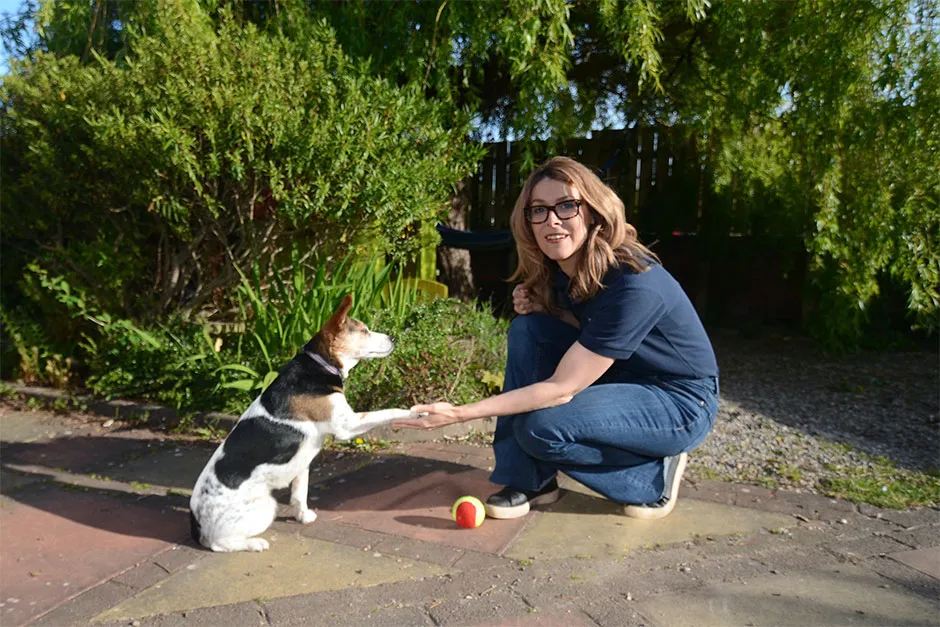Humans are not alone in going through the emotional rollercoaster of puberty.UK scientists have found dogs endure a similar phase during adolescence at around eight months of age.
They warn that puberty can be a vulnerable time for dogs, especially if they are rehomed at this age.
Study leader Dr Lucy Asher, a senior lecturer in precision animal science at Newcastle University’s School of Natural and Environmental Sciences, said: “This is a very important time in a dog’s life.
“This is when dogs are often rehomed because they are no longer a cute little puppy and suddenly, their owners find they are more challenging and they can no longer control them or train them. But as with human teenage children, owners need to be aware that their dog is going through a phase and it will pass.”
Read more about pets:
- Cats do form strong social bonds with their owners
- Dogs can recognise familiar words, even when they don't know the speaker, study finds
While similar findings have been observed in cows, the researchers said the study is the first to find evidence of “typical teenage behaviour” in dogs.
The team, from the universities of Newcastle, Edinburgh and Nottingham, studied the behaviour of 354 dogs, including labradors, golden retrievers, German shepherds and cross breeds of them.

They analysed how obedient the dogs were before adolescence, when they were around five months old, and during adolescence, when they reached eight months of age.The researchers looked at the “trainability” of the dogs, using a questionnaire to assess whether they were able to follow commands.
They found dogs were harder to train when they were going through puberty and more likely to ignore commands given by their owners.This behaviour was more pronounced in dogs which felt insecure about their relationships with their caregivers, the researchers said.
Read more about dogs:
- Your two-year-old dog is 40 in human years, not 14
- Dogs' secret superpower: not intelligence, but love
The experts also found female dogs were more likely to reach puberty early if they had insecure attachments, characterised by higher levels of attention seeking and separation anxiety, to their owners.
Dr Asher said: “It’s very important that owners don’t punish their dogs for disobedience or start to pull away from them emotionally at this time. This would be likely to make any problem behaviour worse, as it does in human teens.”
The findings are published in the journal Biology Letters.
Why do dogs go grey but cats don’t?
Asked by: John Duncan Pawson, Scarborough
Strictly speaking, cats can go grey. Some cats will go grey as they age but not on the scale that dogs and humans do. As our feline friends mature, they retain enough melanocytes – the cells in the hair follicles responsible for the production of the pigment melanin – to ensure that the colouring process does not significantly diminish.
We are not sure why this is the case. For example, it is possible that cats are born with a greater number of melanocytes in the first place, or that they simply don’t decline at the same rate as they do in dogs.
Read more: